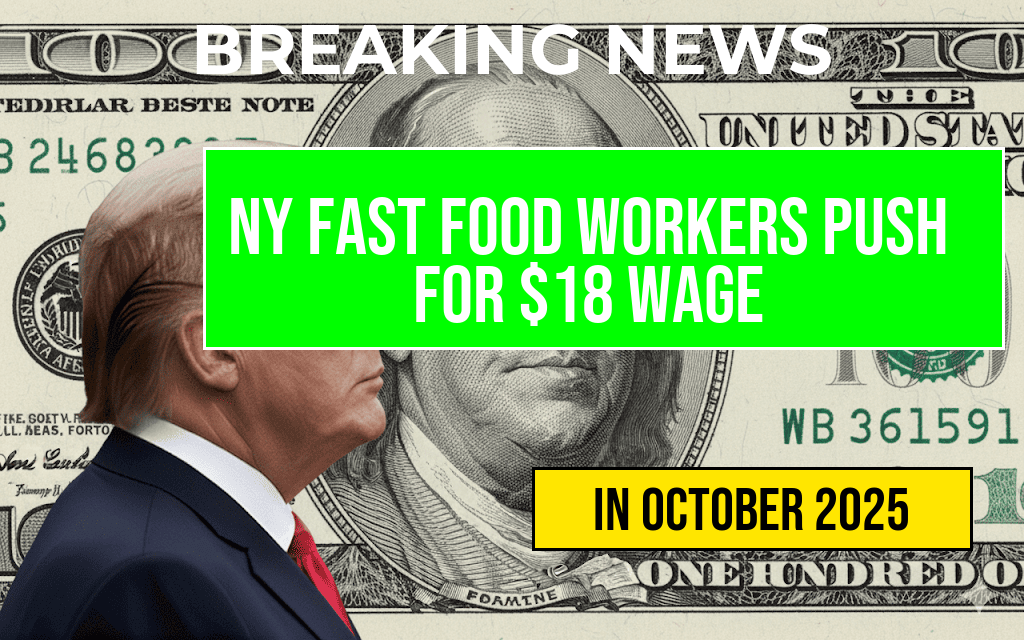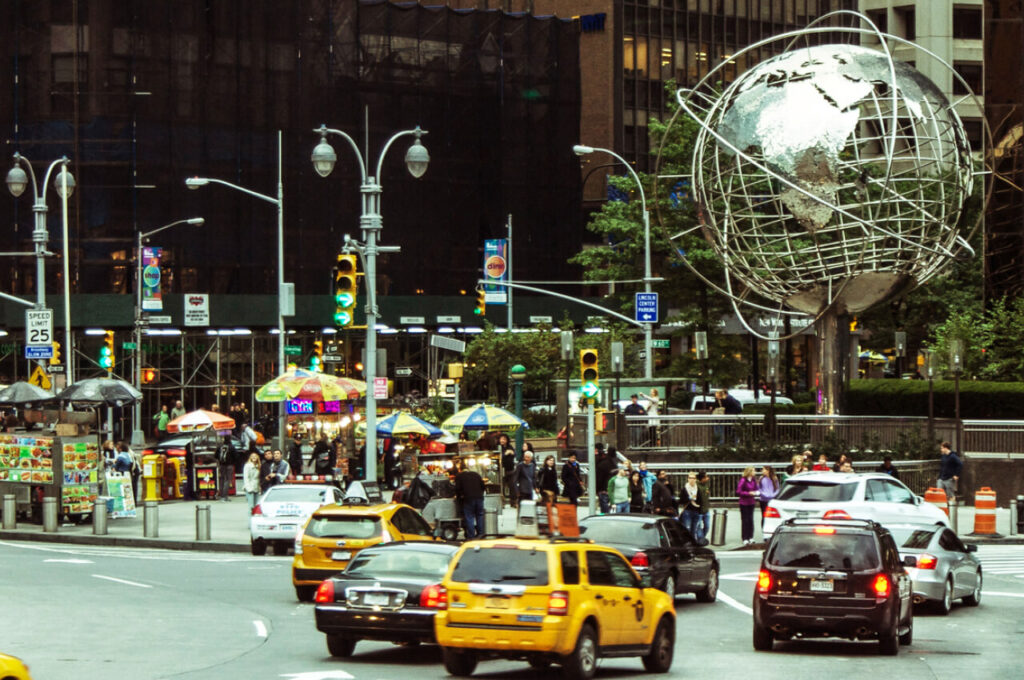The recent proposal to increase the minimum wage by $1 has sparked significant debate among small business owners, particularly in light of rising automation trends. Many small businesses are already grappling with the challenges posed by technological advancements that can streamline operations and reduce labor costs. The potential wage increase could exacerbate these concerns, prompting businesses to rethink their employment strategies. As the landscape of work continues to evolve, the implications of such a policy shift warrant a closer examination, especially regarding its impact on job availability, employee morale, and the adoption of automation technologies.
Understanding the Current Wage Landscape
As of 2023, the federal minimum wage remains at $7.25 per hour, a figure that has not changed since 2009. Various states and localities have implemented higher minimum wages, reflecting regional economic conditions and cost of living adjustments. A proposed increase could affect millions of workers in low-wage sectors, but it also raises questions about the sustainability of small businesses that operate on thin profit margins.
Potential Impacts on Small Business Employment
The proposed wage hike can lead to several outcomes for small businesses:
- Increased Labor Costs: A $1 increase in minimum wage can significantly affect payroll expenses, particularly for businesses with a high proportion of minimum wage workers. This cost may force owners to either reduce staff or cut back on hours to maintain profitability.
- Job Creation vs. Job Loss: While some proponents argue that higher wages can lead to increased consumer spending and job creation, others warn that small businesses may respond by automating tasks traditionally performed by humans, potentially leading to job losses.
- Employee Retention and Morale: A wage increase could improve employee satisfaction and retention rates, which is crucial for businesses with high turnover in low-wage positions. However, if businesses resort to automation due to increased costs, it may negate these benefits.
Automation and Its Role in Employment Decisions
As small businesses face upward pressure on wages, many are turning to automation as a solution. Automation technologies can provide cost savings and efficiency gains, allowing businesses to maintain profitability despite rising labor costs. Common examples include:
- Self-Service Kiosks: Restaurants and retail outlets are increasingly implementing self-service kiosks to reduce the need for cashiers and order-takers.
- Inventory Management Systems: Automated inventory systems can streamline supply chains, requiring fewer employees to manage stock.
- Robotic Process Automation (RPA): This technology allows businesses to automate repetitive tasks, reducing reliance on human labor.
Case Studies and Expert Insights
Several small businesses have already begun to adapt to changing wage dynamics and automation. A recent study by the Forbes Technology Council highlighted how some small retailers have successfully integrated technology to offset labor costs while enhancing customer service.
Moreover, experts warn that while automation can mitigate short-term costs, it poses long-term challenges for job availability. According to a report by the McKinsey Global Institute, up to 30% of the current workforce could be displaced by automation by 2030, particularly in sectors that rely heavily on low-wage labor.
Balancing Wage Increases and Automation
As small businesses navigate the complexities of a potential wage increase, finding a balance between employee compensation and operational efficiency is crucial. Some strategies that businesses can consider include:
- Investing in Employee Training: Upskilling employees can improve productivity and justify higher wages without resorting to automation.
- Exploring Flexible Work Arrangements: Offering flexible hours or remote work options can enhance employee satisfaction while managing labor costs.
- Leveraging Technology Wisely: Businesses should assess which processes can be automated without compromising job opportunities.
Looking Ahead
The discussion surrounding a $1 wage increase is indicative of larger trends in the workforce, where the balance between human labor and technology continues to evolve. While small businesses may face immediate challenges related to increased labor costs, the long-term implications of automation may reshape employment landscapes in ways that are still unfolding. Policymakers, business owners, and employees alike must engage in ongoing dialogue to navigate these changes, ensuring that the future of work remains inclusive and sustainable.
Frequently Asked Questions
What effect will a $1 wage increase have on small business employment?
A $1 wage increase can lead to mixed outcomes for small businesses. While it may enhance employee morale and retention, it could also result in increased labor costs that some businesses may struggle to absorb, potentially affecting hiring and employment levels.
How does automation factor into the impact of a wage increase?
Automation may be accelerated by a wage increase, as small businesses might seek cost-saving technologies to offset higher labor expenses. This could lead to a shift in employment, with some jobs being replaced by machines.
Are there specific industries that will be more affected by a wage increase?
Yes, industries with tight profit margins, such as hospitality and retail, may feel the impact more acutely. These sectors often rely heavily on low-wage workers, making them vulnerable to changes in wage policy.
What strategies can small businesses use to mitigate the effects of a wage increase?
Small businesses can consider various strategies, such as improving operational efficiency, investing in automation, or adjusting pricing structures to accommodate higher wages without losing competitiveness.
How might a wage increase influence the overall economy?
A wage increase can stimulate the overall economy by boosting consumer spending, as workers have more disposable income. However, if small businesses respond by cutting jobs or increasing prices, the net effect could vary.











